
About the Authors
Both natives of Lancashire and living not far from Preston, Dennis and Jan Kelsall are no strangers to the Ribble Way and the splendid countryside through which it runs. As professional outdoor writers and photographers, they have written and illustrated many guides covering some of the countrys most popular walking areas. They also contribute to various magazines, and for many years produced a weekly walking feature for the Lancashire Evening Post.
Their enjoyment of the countryside extends far beyond a love of fresh air and open spaces and an appreciation of scenery. They also have a keen interest in the environment and its geology, flora and wildlife, as well as a passion for delving into the local history that so often provides a clue to interpreting the landscape.
Other Cicerone guides by the same authors
The Pembrokeshire Coastal Path
Walking in Pembrokeshire
The Yorkshire Dales: South and West
The Yorkshire Dales: North and East
THE RIBBLE WAY
by
Dennis and Jan Kelsall
2 POLICE SQUARE, MILNTHORPE, CUMBRIA LA7 7PY
www.cicerone.co.uk
Dennis and Jan Kelsall 2005
First edition 2005
ISBN-10: 1 85284 456 6
ISBN-13: 978 1 85284 456 1
Reprinted 2010 (with updates)
Printed by KHL Printing, Singapore
A catalogue record for this book is available from the British Library
Photos by Dennis Kelsall
 This product includes mapping data licensed from Ordnance Survey with the permission of the Controller of Her Majestys Stationery Office. Crown copyright 2009. All rights reserved. Licence number PU100012932.
This product includes mapping data licensed from Ordnance Survey with the permission of the Controller of Her Majestys Stationery Office. Crown copyright 2009. All rights reserved. Licence number PU100012932.
Front cover: Heading north beside the Ribble from Clitheroe
Acknowledgements
Dennis and Jan Kelsall greatly appreciate the help and information they were given by rights of way staff at Lancashire and Yorkshire county councils and the Yorkshire Dales National Park while they were researching this guide. Thanks are also due to the staff of the Lancashire and Blackpool Tourist Board, and the Preston, Ribble Valley, Settle and Horton in Ribblesdale tourist information offices. Many other people have also contributed in a host of different ways, offering advice, information and hospitality in true northern fashion. To them all, the authors wish to extend a very warm thank you.
Advice to Readers
Readers are advised that, while every effort is made by our authors to ensure the accuracy of guidebooks as they go to print, changes can occur during the lifetime of an edition. Please check Updates on this books page on the Cicerone website ( www.cicerone.co.uk ) before planning your trip. We would also advise that you check information about such things as transport, accommodation and shops locally. Even rights of way can be altered over time. We are always grateful for information about any discrepancies between a guidebook and the facts on the ground, sent by email to info@cicerone.co.uk or by post to Cicerone, 2 Police Square, Milnthorpe LA7 7PY, United Kingdom.
CONTENTS
INTRODUCTION
Although Lancastrians might like to claim it as their own, the River Ribble actually springs from limestone high on Cam Fell in the heart of Three Peaks country, in the Yorkshire Dales. Gathering water from the countless streams that spill from this sombre upland, the river quickly asserts its identity as it forces a passage between high, rugged moorland hills. Eventually breaking free to meander through gentler countryside south of Settle, it still has another 10 miles (16.1km) to go before broaching the boundary with Lancashire. And Yorkshire folk with long memories will remember an older border between the rival counties that ran south of Sawley, and they might say that the river remains in Yorkshire for a further 10 miles (16.1km).
By then the river has assumed a completely different character, winding lazily through alternating pasture and ancient woodland, where old manor houses and early-18th-century cottages offer a welcome contrast to the all-too-pervasive tide of modernity. At Preston the river encounters the only sizeable conurbation along its course, but even here it remains largely isolated from the commerce and industry of the city. It flows instead below the elegant Victorian parks that were laid out for the recreation of the thousands of workers brought in to operate some of the first factory mills built in the country, replacing what had previously been a cottage industry.
 Looking beyond the Ribblehead Viaduct to Pen-y-ghent (Chapter 7)
Looking beyond the Ribblehead Viaduct to Pen-y-ghent (Chapter 7)
The River Ribble beside the De Tabley Arms, Ribchester (Chapter 3)
Beyond Preston the river changes dramatically yet again, now running straight to the Irish Sea through an almost featureless plain that was once regularly inundated by the tide. Dykes and drainage ditches have turned what was once a virtually dead-flat waste into productive arable fields, although further to the west a vast expanse of the salt marsh still remains, attracting huge populations of birds, particularly in winter, which find a rich and plentiful source of food in the shallows and mud.
THE RIBBLE WAY
The idea for a long-distance footpath along the course of the River Ribble originated in the 1960s with the members of the Preston and Fylde group of the Ramblers Association. The original survey suggested a mainly riverbank route from the mouth of the Ribble, where it flows into the Irish Sea, to its source far above Gearstones, a former drovers inn beside the moorland between Ribblehead and Widdale. This plan immediately ran into difficulty, however, as more than half the proposed way relied on the use of private fishermens paths. Further progress was thwarted by a storm of local objection, and it was not until the 1980s that an alternative route adopting existing rights of way attracted official support. The first leg of the path, covering just over 40 miles (almost 65km) between Longton and Gisburn Bridge, was opened by Mike Harding, president of the Ramblers Association, and Derek Barber, chairman of the Countryside Commission, on 1 June 1985.
 The start of the Ribble Way at the edge of the salt marsh (Chapter 1)
The start of the Ribble Way at the edge of the salt marsh (Chapter 1)
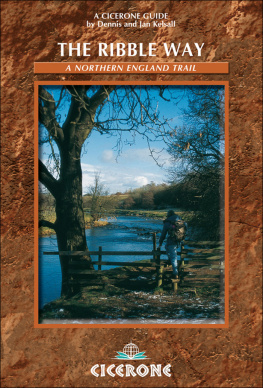
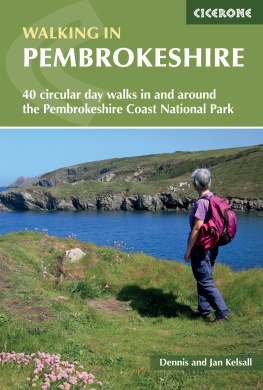
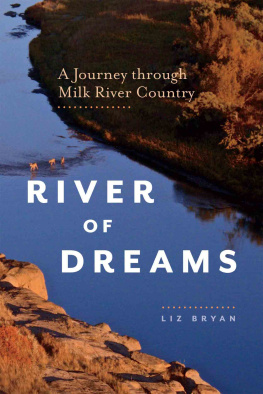
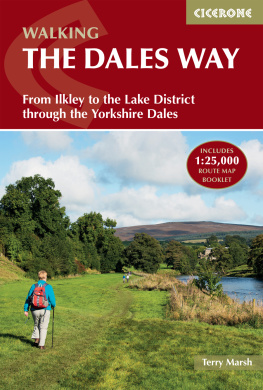
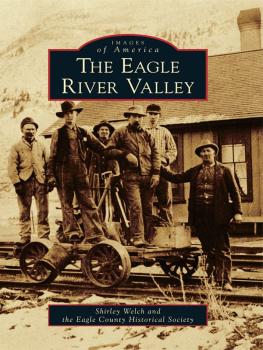

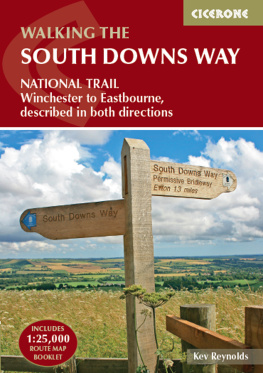

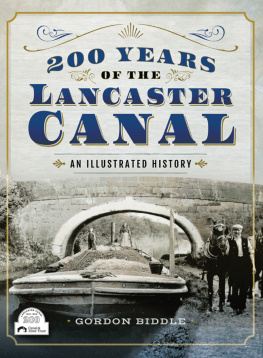
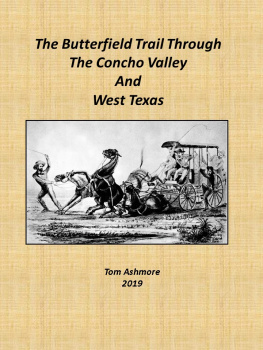
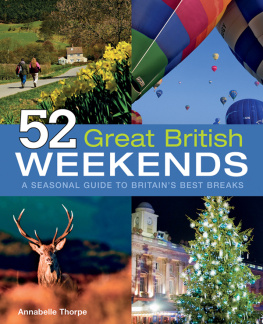
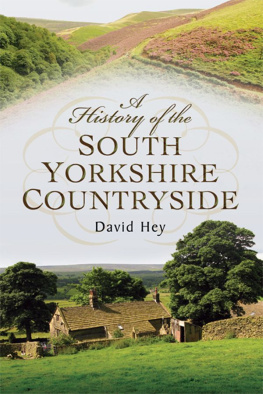





 This product includes mapping data licensed from Ordnance Survey with the permission of the Controller of Her Majestys Stationery Office. Crown copyright 2009. All rights reserved. Licence number PU100012932.
This product includes mapping data licensed from Ordnance Survey with the permission of the Controller of Her Majestys Stationery Office. Crown copyright 2009. All rights reserved. Licence number PU100012932.




